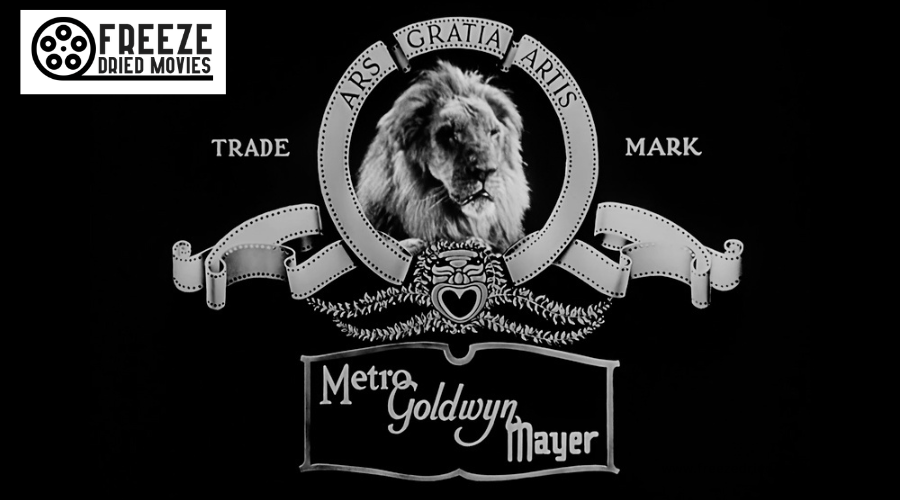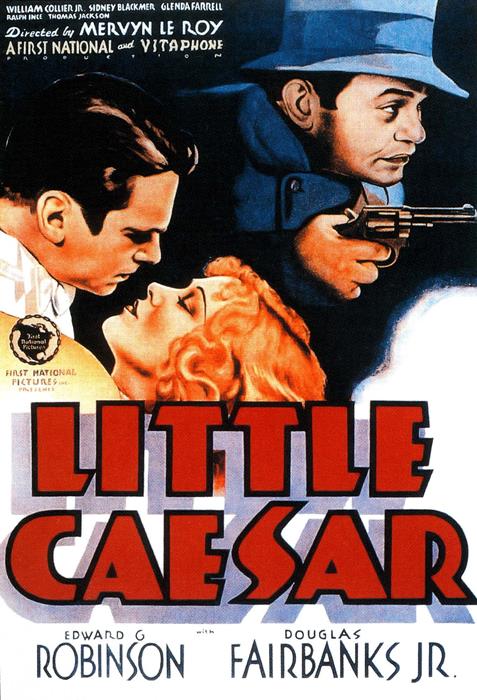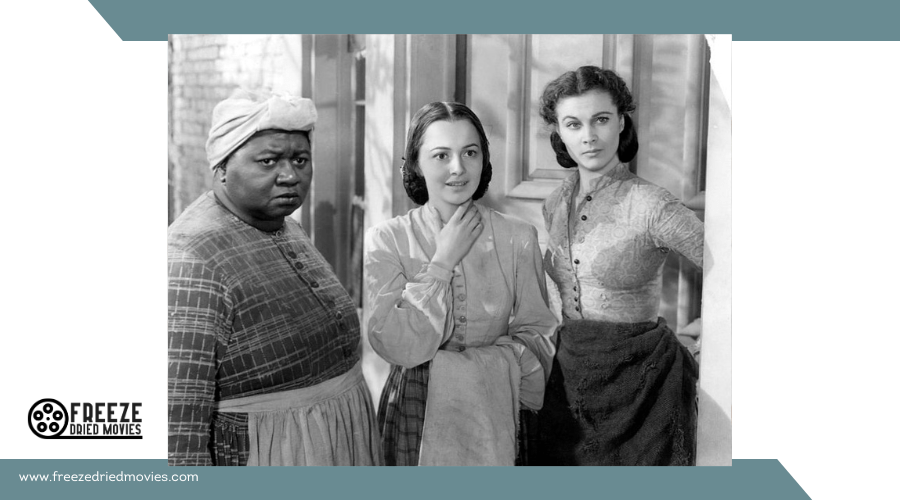The Impact of the 1930s on Modern Cinema: Lasting Legacies

The 1930s left an indelible mark on modern cinema, introducing innovations like synchronized sound and Technicolor that revolutionized storytelling and audience engagement. Iconic films from this era set benchmarks in narrative and production quality that contemporary filmmakers strive to match. The star system's marketing strategies, established during this period, remain vital in today's industry. Moreover, the 1930s' exploration of social issues paved the way for the complex narratives we see now. What other aspects from this transformative period continue to shape the present cinematic landscape?
Timeline of the Golden Age
Starting in the 1930s, the Golden Age of Hollywood marked a transformative phase in cinema, driven by the rise of major studios like MGM, Warner Bros., and Paramount. This period saw the pivotal shift from silent to sound films, a change initiated by *The Jazz Singer* in 1927. By the late 1930s, synchronized sound had become the industry standard, fundamentally altering filmmaking techniques and audience experiences.
During the Great Depression, cinema attendance soared, with around 80 million Americans seeking escapism by attending movies weekly. This era produced iconic films such as *Gone with the Wind* and *The Wizard of Oz*, both released in 1939, which set new benchmarks in storytelling and production values.
The Hays Code, implemented in 1934, regulated film content and imposed strict moral standards, significantly influencing the storytelling and character development in films throughout the Golden Age. Studios like Warner Bros. skillfully navigated these regulations to create memorable and enduring works that left a lasting impact on cinematic history.
This timeline illustrates how the economic and technological changes of the 1930s shaped the Golden Age of Hollywood and laid the foundation for modern cinema.
Major Studios' Dominance

The major studios of the 1930s, such as MGM and Warner Bros., weren't just producing films—they controlled their entire lifecycle through vertical integration. This era also saw the rise of the star system, which propelled actors like Clark Gable and Judy Garland to fame. These practices didn't just shape the industry then; they laid the foundation for Hollywood's enduring influence on global cinema.
Vertical Integration Practices
During the Golden Age of Hollywood, vertical integration practices allowed five major studios—MGM, RKO, 20th Century Fox, Warner Bros., and Paramount Pictures—to dominate the film industry. These studios controlled every aspect of filmmaking, from production to distribution and exhibition. By managing the entire process, the major studios ensured a steady flow of films and maximized their profits. Paramount Pictures, in particular, pioneered block booking, which required theaters to purchase large bundles of films, often including less desirable titles.
This tight grip on the film industry was not without controversy. Exclusive contracts with talent limited actors' and directors' ability to work with rival studios, creating a controlled environment that stifled competition. The United States v. Paramount Pictures case in 1948 addressed these antitrust issues. The resulting Paramount Decrees forced studios to divest their theater chains, breaking the vertical integration model and transforming the landscape of Hollywood.
Despite these changes, the influence of this era is still felt in modern cinema. The practices established by these major studios laid the groundwork for the industry's structure, even as television and independent cinema began to challenge their dominance in the late 1940s and 1950s.
Star System Influence
How did the star system revolutionize Hollywood's golden era and shape the modern film industry? The star system, pioneered by major studios like MGM and Warner Bros., was instrumental in creating iconic actors such as Clark Gable and Bette Davis. These actors' personas became central to marketing films and drawing in audiences during the 1930s. By maintaining exclusive contracts with stars, studios were able to tightly control their appearances, which solidified the connection between studio branding and star power.
This approach had several key effects:
- High-budget productions: Studios could produce multiple films simultaneously, relying on star-driven vehicles to shape audience expectations.
- Celebrity culture: Actors became cultural icons, influencing fashion, attitudes, and societal norms.
- Marketing strategies: The focus on star power became integral to film promotion and box office success.
The legacy of the star system is evident today. Modern studios continue to rely on actors' star power to drive box office success and shape marketing strategies. This practice, born in the 1930s, has had a lasting impact on Hollywood, ensuring that the allure of celebrity culture remains a powerful force in the film industry.
Innovations in Filmmaking
Innovations in filmmaking have continuously reshaped the landscape of modern cinema, influencing how stories are conveyed and experienced. The transition to sound, marked by *The Jazz Singer* (1927), revolutionized narrative structures by making dialogue a central storytelling element, enhancing complexity and character development.

Technicolor's debut in films like *Becky Sharp* (1935) revolutionized visual storytelling by introducing vibrant, lifelike colors that enhanced emotional and narrative depth. Special effects, such as those in *King Kong* (1933), laid the groundwork for the modern blockbuster, creating captivating spectacles that paved the way for today's advanced visual effects.
Editing techniques from the 1930s, including rapid cuts and montage, redefined narrative pacing, injecting dynamism and intensity into films. These methods are now integral to modern cinema, influencing various genres, from action to drama.
The evolution of animated films, particularly through Disney's early works, brought new levels of storytelling complexity and production quality. These advancements set high standards for the animated genre, resulting in the richly detailed and emotionally compelling animated features we enjoy today. These innovations have left a lasting impact on the craft of filmmaking.
The Hays Code
The Hays Code, officially known as the Motion Picture Production Code, emerged in 1930 to impose strict moral guidelines on Hollywood films and prevent government censorship. This code restricted depictions of violence, sexuality, and controversial topics, significantly influencing storytelling and character development. Filmmakers were required to adhere to these guidelines, often altering scripts and avoiding themes deemed inappropriate, resulting in a sanitized portrayal of society.
To understand the impact of the Hays Code, consider these points:
- Restricted Themes: Topics like crime, drug use, and explicit romantic relationships were prohibited, compelling filmmakers to imply rather than explicitly show these elements.
- Character Development Constraints: Characters were not allowed to engage in morally questionable behavior without facing consequences, limiting the complexity of character arcs.
- Sanitized Society: The portrayal of societal issues was often unrealistic, as films could not address many genuine concerns of the time.
The decline of the Hays Code in the 1960s marked a significant shift, allowing for greater artistic freedom. Filmmakers could explore diverse and complex narratives that reflected contemporary societal issues, paving the way for progressive storytelling approaches in modern cinema and enabling richer, more authentic portrayals of the human experience.
Influence of the Great Depression
During the Great Depression, cinema emerged as a vital source of affordable escapism for millions of Americans. Amid widespread economic hardships, movie theaters offered comfort, attracting 80 million weekly moviegoers. Films of this era didn't merely entertain; they mirrored the economic realities by exploring themes of poverty, resilience, and social issues. Classics like *The Grapes of Wrath* and *Mr. Smith Goes to Washington* exemplified narratives that resonated with the public's struggles and aspirations.

To help people cope with the economic downturn, studios focused on producing light-hearted entertainment. Musicals and comedies flourished, providing much-needed relief and laughter. The popularity of dance marathons and nightclub culture also influenced cinema, bringing themes of competition and aspiration to the screen.
Influence of the Great Depression on Cinema
| Aspect | Impact on Cinema |
|---|---|
| Economic Hardships | Increased demand for films addressing poverty and resilience. |
| Popularity of Dance Events | Inspired themes of competition and aspiration in movies. |
| Affordable Entertainment | Movie theaters became a haven for millions, boosting weekly attendance to 80M. |
| Studio Strategies | Studios prioritized light-hearted musicals and comedies to maximize profits. |
The Great Depression shaped entertainment choices, narratives, and themes that continue to resonate in modern cinema.
Popular 1930s Film Genres
In the 1930s, audiences could escape the harsh realities of the Great Depression through the glamorous spectacles of musicals like *42nd Street*. Simultaneously, gritty gangster narratives such as *Little Caesar* and *The Public Enemy* captured the period's darker side, reflecting societal tensions. These contrasting genres provided both a reprieve from and a reflection of their struggles.
Musical Escapism and Glamour
Enthralling audiences with lively song-and-dance numbers, the 1930s musical genre offered much-needed escapism during the Great Depression. Films like *42nd Street* (1933) captivated viewers with their energetic performances, providing a glamorous contrast to the harsh economic realities of the time. The decade also witnessed the groundbreaking success of *Snow White and the Seven Dwarfs* (1937), the first full-length animated feature, which set new standards for animated musicals and further popularized the genre.
The adoption of Technicolor in films such as *The Wizard of Oz* (1939) added a new layer of visual splendor, immersing audiences in fantastical worlds. This innovation not only enhanced the spectacle but also influenced modern filmmaking techniques. Light-hearted musicals and romantic comedies dominated the decade, attracting large audiences with their upbeat narratives and opulent settings.
Key points about 1930s musicals include:
- Escapism: Providing a joyful escape from daily struggles.
- Glamour: Lavish sets and costumes offer a visual delight.
- Influence: Technicolor and other techniques left a lasting impact on modern filmmaking.
Ultimately, the 1930s musical genre's themes of escapism and glamour continue to inspire contemporary musicals and films, emphasizing entertainment and spectacle.
Gritty Gangster Narratives
While musicals provided an escape with their lively tunes and lavish visuals, the 1930s also welcomed a starkly different genre: gritty gangster narratives. Films like *Little Caesar* (1931) and *Scarface* (1932) captured the period's economic struggles and societal disillusionment. These crime dramas often depicted the rise and fall of ambitious criminals, delving into themes of betrayal and the dire consequences of a life of crime.

The stylistic elements of these films, such as moody lighting and urban settings, laid the foundation for future film noir and crime dramas. Stars like Humphrey Bogart and Edward G. Robinson became cultural icons, embodying the antihero archetype that would influence generations of filmmakers. Their portrayals added depth to characters pursuing the darker side of the American Dream, revealing its inherent flaws.
Moreover, the gangster films of the 1930s served as potent social commentary. They addressed issues of power, corruption, and the grimmer aspects of the American Dream, themes that continue to resonate in contemporary storytelling. This genre's legacy is evident in modern cinema's ongoing exploration of complex characters and moral ambiguity.
Rise of Iconic Movie Stars
During the 1930s, Hollywood saw the meteoric rise of iconic movie stars such as Clark Gable, Bette Davis, and Shirley Temple, who quickly became household names. This period, often referred to as Hollywood's Golden Age, saw the star system flourish, allowing studios to create and market these personalities effectively. Publicists crafted elaborate images around these stars, making them symbols of hope and escapism during the Great Depression. This strategic marketing turned actors into major box office draws, a practice still evident with modern actors.
The rise of the auteur during this time allowed directors to collaborate closely with these iconic movie stars, enhancing their mystique and appeal. Many stars successfully transitioned from silent films to "talkies," showcasing their versatility and solidifying their status in cinematic history.
The impacts of this era include:
- Box Office Appeal: Stars became major financial assets for studios.
- Cultural Symbols: They represented hope and resilience during tough economic times.
- Enduring Brands: Modern actors are marketed similarly, echoing strategies from this period.
The legacy of the 1930s star system is undeniable. It offers a blueprint for how celebrities are marketed and perceived today.
Legacy of 1930s Cinema
Building on the advancements of the silent film era, the 1930s laid the groundwork for modern cinema in numerous ways. This decade saw the introduction of synchronized sound and Technicolor, transforming the movie-watching experience. Iconic films like *Gone with the Wind* and *The Wizard of Oz* set new benchmarks in narrative complexity and production values, influencing contemporary filmmakers.
The 1930s were also the Golden Age of Hollywood, characterized by the rise of the "star system." Stars like Clark Gable and Bette Davis became cultural icons, shaping the concepts of acting and stardom that are still central to Hollywood. Despite the economic downturn of the Great Depression, films of this period managed to examine significant social issues like poverty and resilience, setting a precedent for modern movies to engage with relevant societal topics.
Innovations in the genre during the 1930s, particularly in musicals, horror, and film noir, established templates that continue to resonate today. Whether it's the haunting atmosphere of a horror film or the intricate storytelling of a noir, the influences from the 1930s are undeniable. The legacy of this decade remains a cornerstone of the modern cinematic experience.




